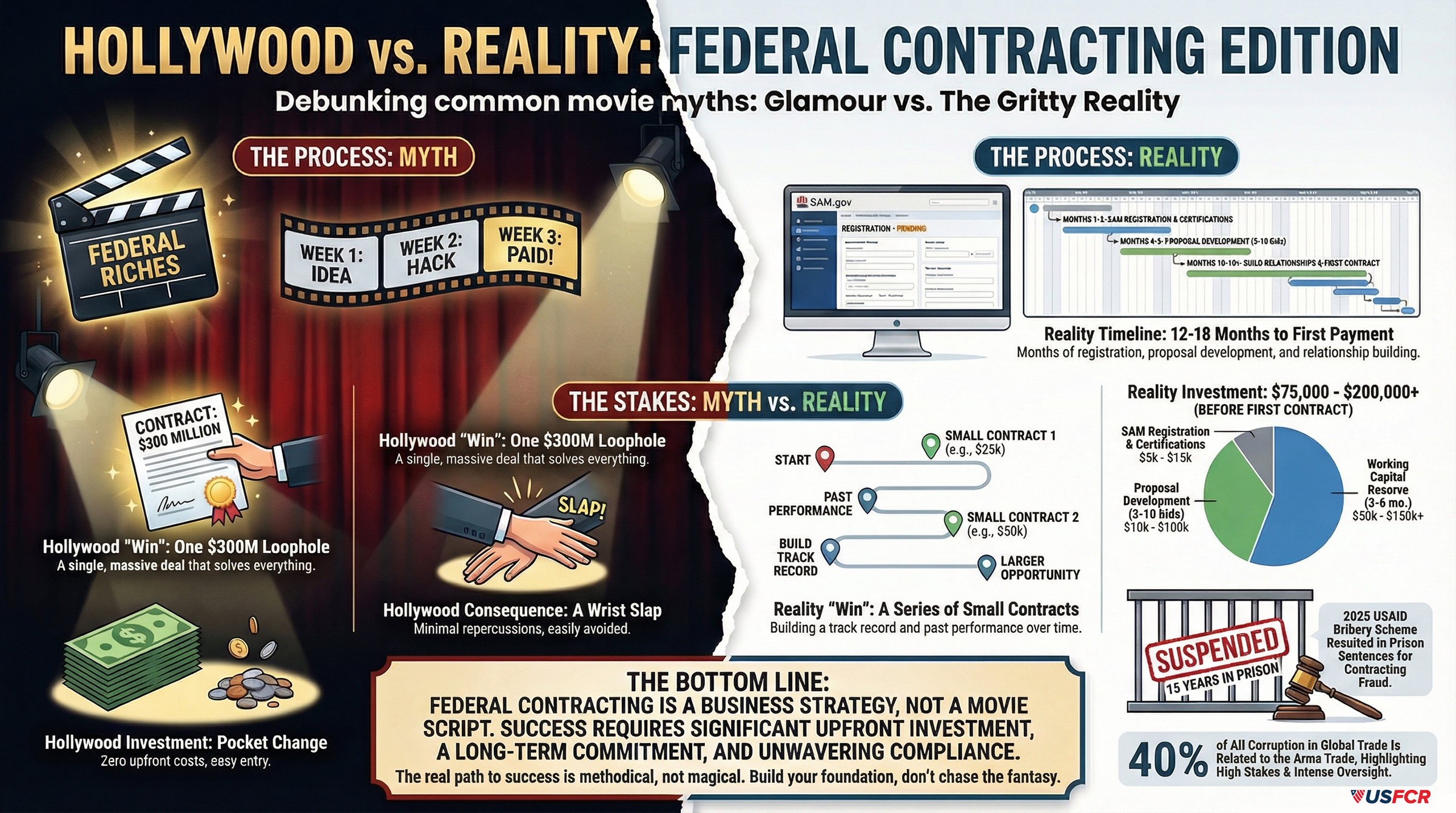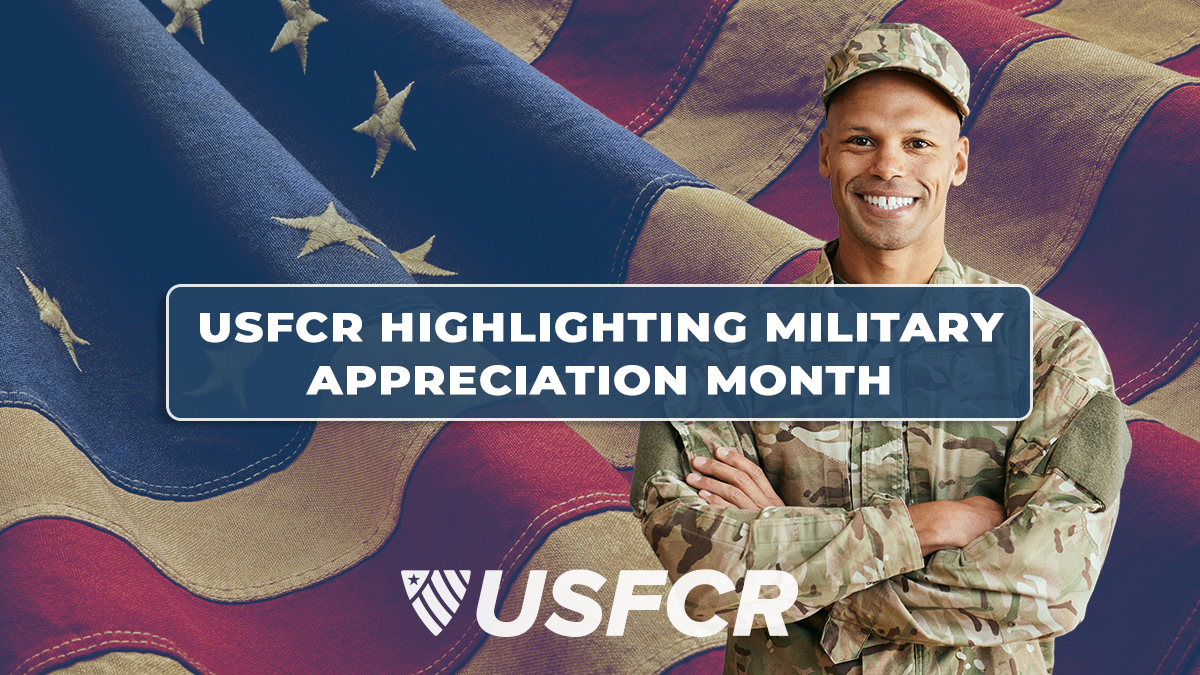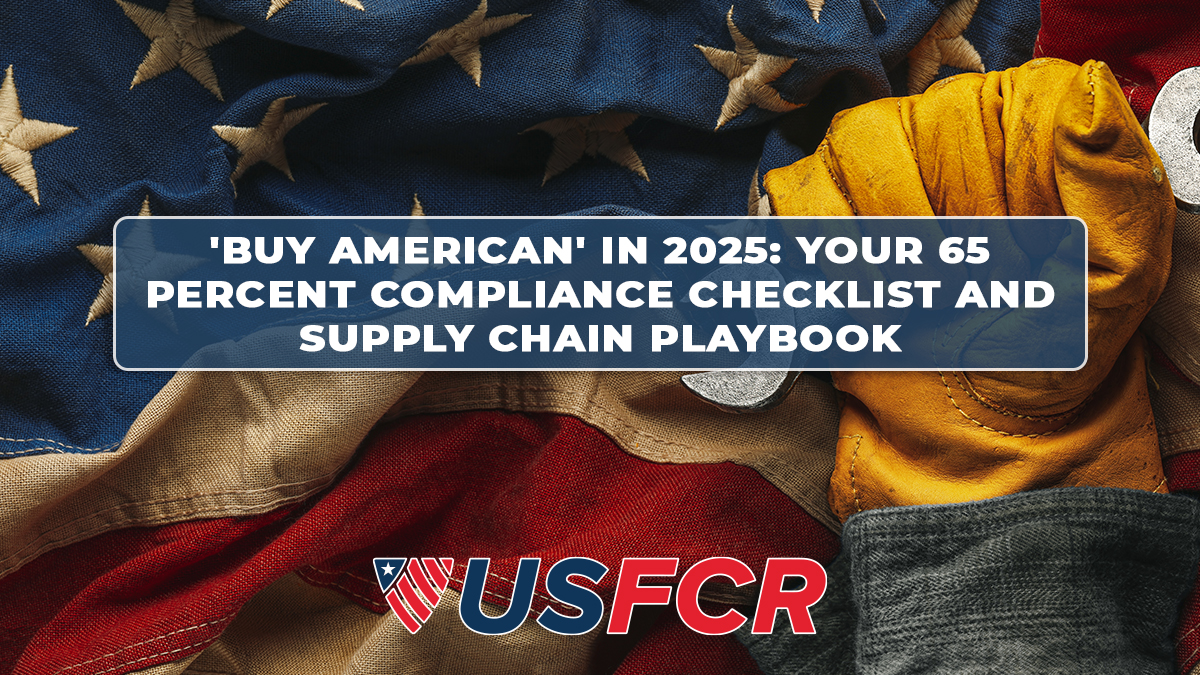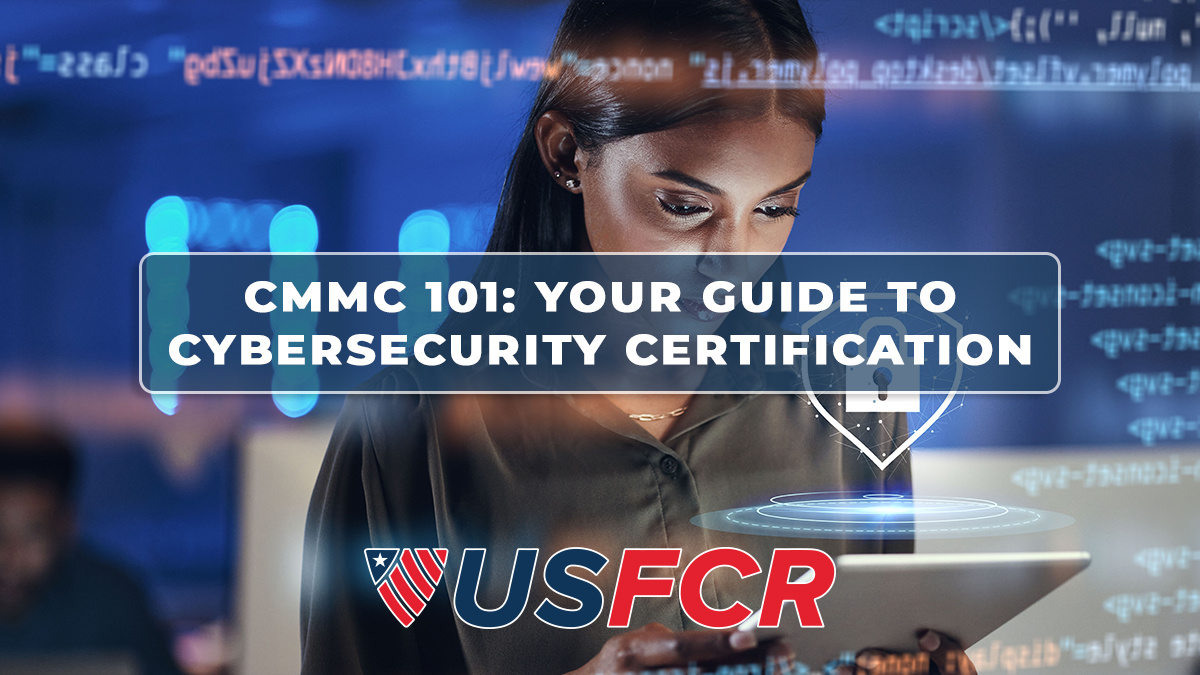You watched War Dogs. Or maybe Lord of War. Or you caught The Pentagon Wars on a late-night streaming binge. Now you think you understand federal contracting.
Here's the problem: Hollywood has been telling stories about government contracts, arms deals, and defense procurement for decades. Some of it is surprisingly accurate. Most of it will get you arrested, bankrupt, or both if you try to replicate it.
Federal contracting isn't about finding loopholes, bribing officials, or stumbling into million-dollar deals through dumb luck. It's about systematic capability building, compliance infrastructure, and strategic positioning. But you wouldn't know that from watching movies.
Let me walk you through what Hollywood gets right, what it gets catastrophically wrong, and what federal contracting actually looks like in 2025.

.jpg)








